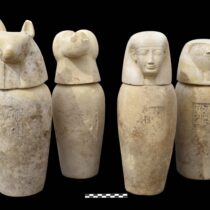Besides chronography, history and medical treatises, the hagiographical texts and particularly the part of Vitae referring to the miracles performed by saints, while in life or after death, have become an important source of information, on the diseases of the female population in Byzantium, the therapeutic means available and the way they were treated by their contemporaries. A large percentage of the miracles have to do with the healing of women suffering from incurable or toilsome diseases that could push them to the social margin or lead them to death. These were either illnesses affecting the entire population (cancer, dermatological and ophthalmological disorders, paralysis of the upper or lower limbs, headaches) or exclusively gynaecological maladies such as the bleeding of genitals. Furthermore, the Byzantines have described a great number of psychic or cerebral disorders, such as epilepsy, tetraplegia and mania fit as seizures of demonic powers. The female patients, particularly those who did not belong to wealthy families, could rarely visit a physician or take advantage of the potentialities of the Byzantine medical science, living almost as social outcasts. The miracles of saints, apart from proving the divine properties of their performers, were aiming to affect the society positively in order to welcome the invalid or handicapped women, especially after their full recovery.
Diseases and treatment of Byzantine women
30 Aug 2012
by Archaeology Newsroom
- A
- A
- A


